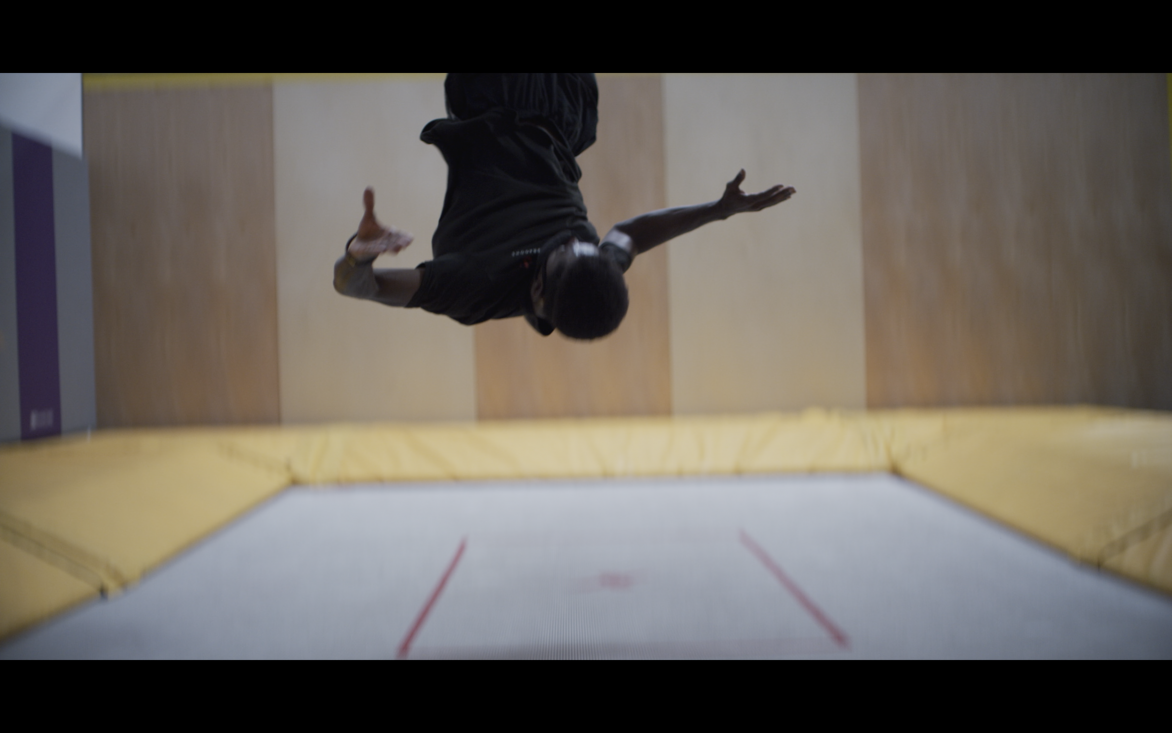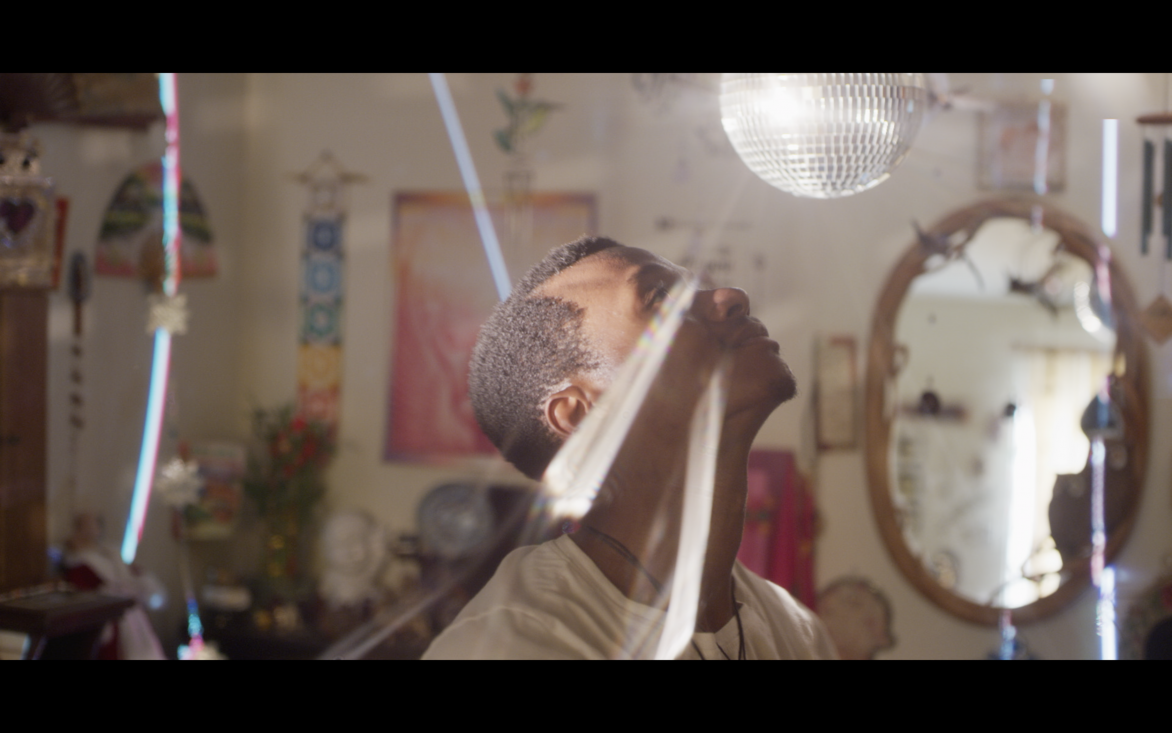Known for her evocative videos and multimedia installations, California-based artist and filmmaker Nicole Miller frequently addresses themes such as race, translation, and the politics of representation. At the Mildred Lane Kemper Art Museum, she is creating a major new commissioned project that explores and expands an understanding of synesthesia as it relates to the Black experience in the United States through an intricate choreography of sound, moving image, and laser-light animation. Titled A Sound, a Signal, the Circus, this immersive installation engages with the sonic, the somatic, and aspects of spectacle to enact what the artist describes as a kind of “ecstatic translation.” The exhibition will be on view March 25 to July 25, 2022.
Miller’s 24-channel soundscape will direct viewers through the gallery. It is composed of recorded and appropriated sounds and music, along with edited excerpts from interviews that she conducted in St. Louis in the summer and fall of 2021. In these interviews, poets, dancers, educators, and teenagers of color share a range of perspectives—personal, political, philosophical, and creative—often drawing connections to their own bodies. Punctuating this sonic tapestry will be choreographed laser light and video footage of performers rehearsing, many of whom are preparing for roles in various circuses.
Notions of embodiment and articulation are common threads throughout Miller’s work. In recent years, a core aspect of her practice has involved collaborating with young people, especially youth of color. The exhibition at the Kemper Art Museum builds on previous video installations that examine how societal pressures and the violence of racism condition the experience of growing up in the United States, including how youth are perceived.
By inserting the voices of those who are just figuring out how to tell their stories into the context of an art museum, Miller challenges us to see these young people not through the lens of latent potential (or lack thereof) but as “brilliant in the here and now.”
Miller is also attuned to performances and performers, from renowned artists to those who are new to their craft. She gravitates to spaces of practice and rehearsal, and frames expressive articulation as an ongoing process rather than a point of arrival. The sound of disembodied voices in Miller’s new soundscape—each with their own observations and inflections—and the sight of bodies moving through space sets up the potential for a heightened consciousness of one’s own body while provoking questions about whose bodies are valued in society, whose voices are amplified, and whose lives are cherished.

